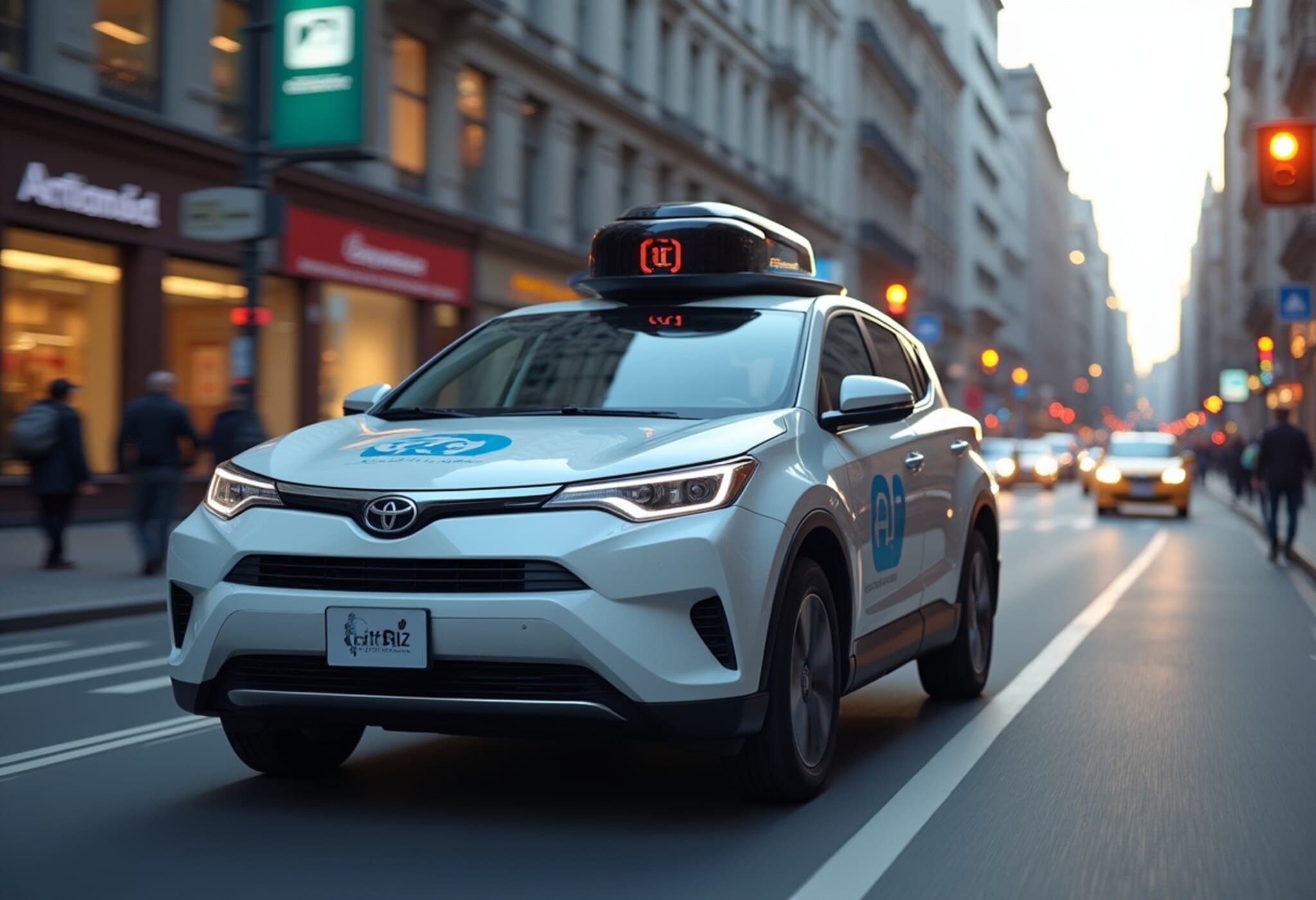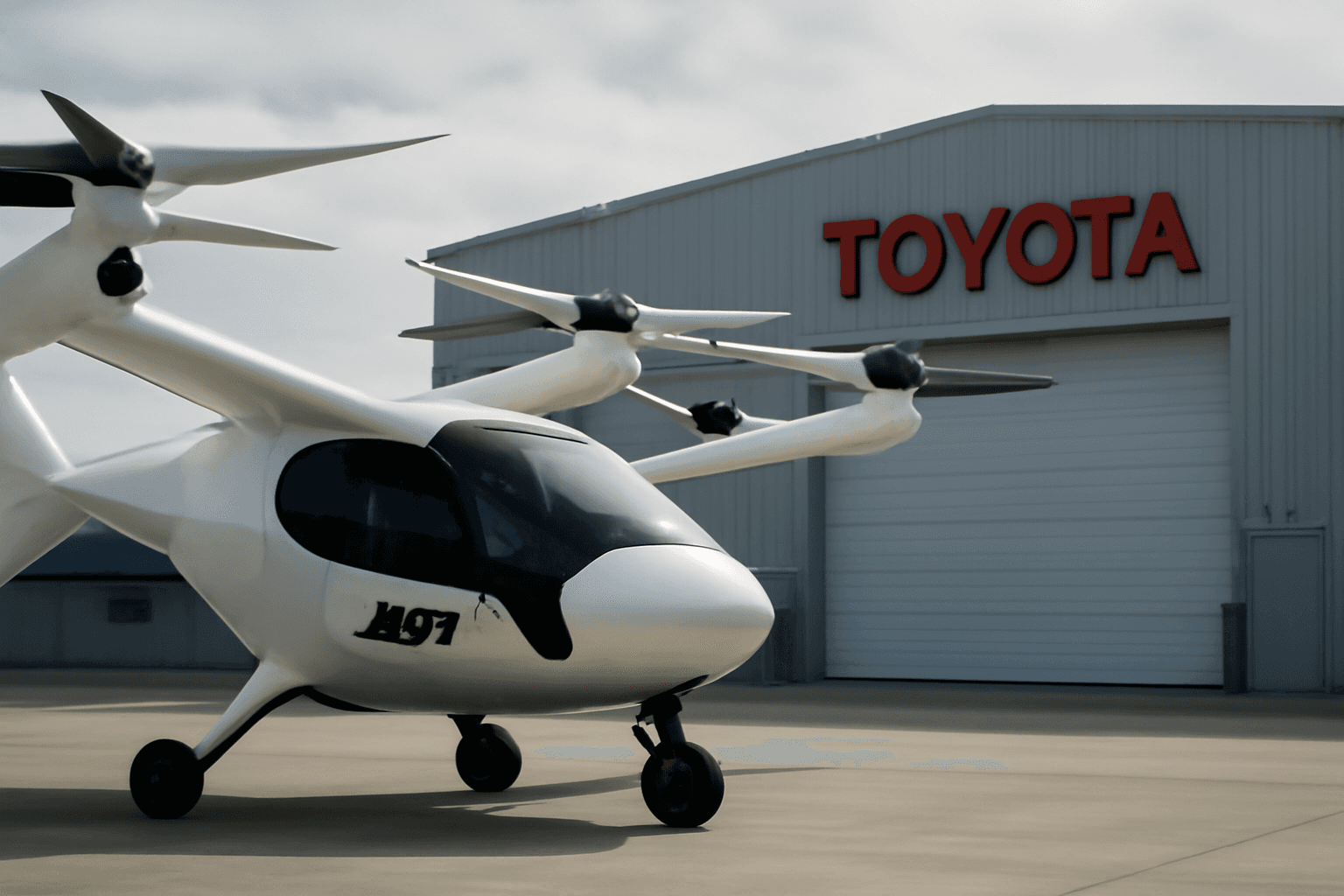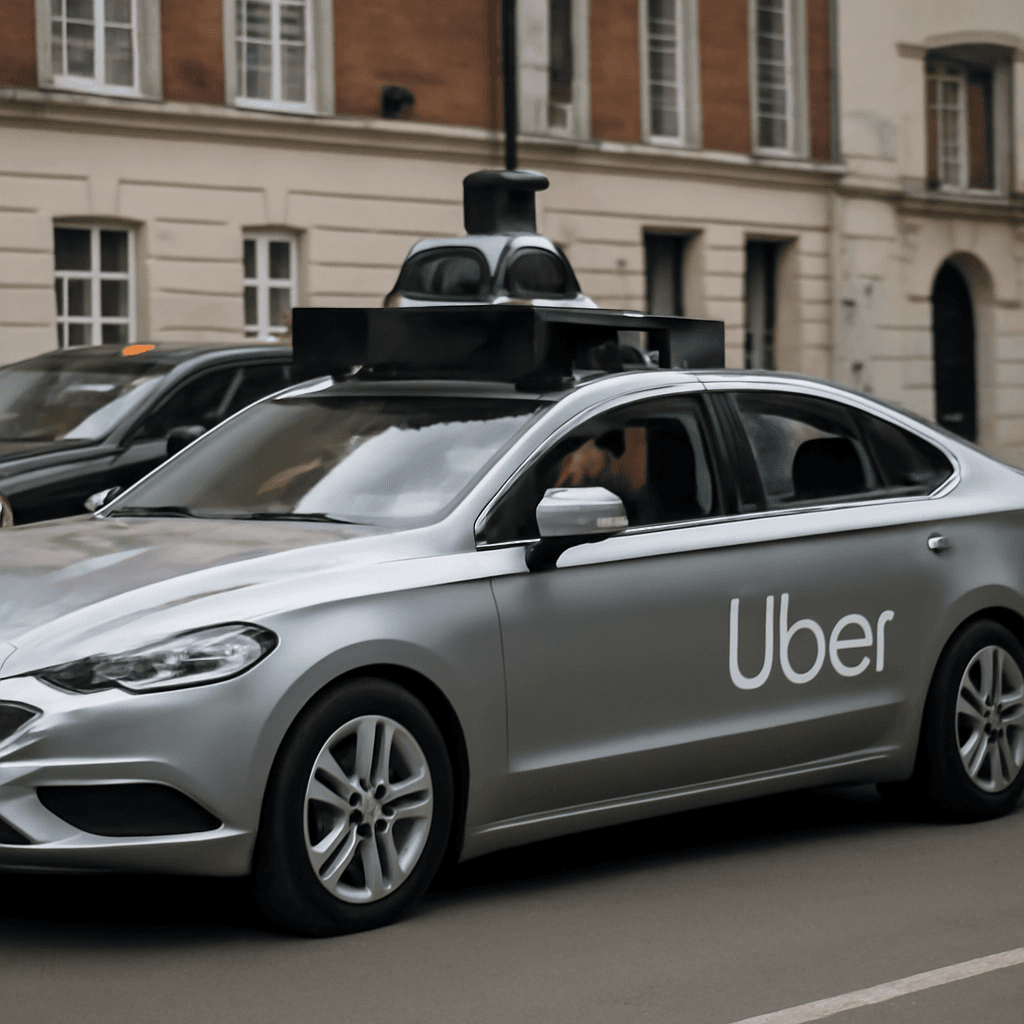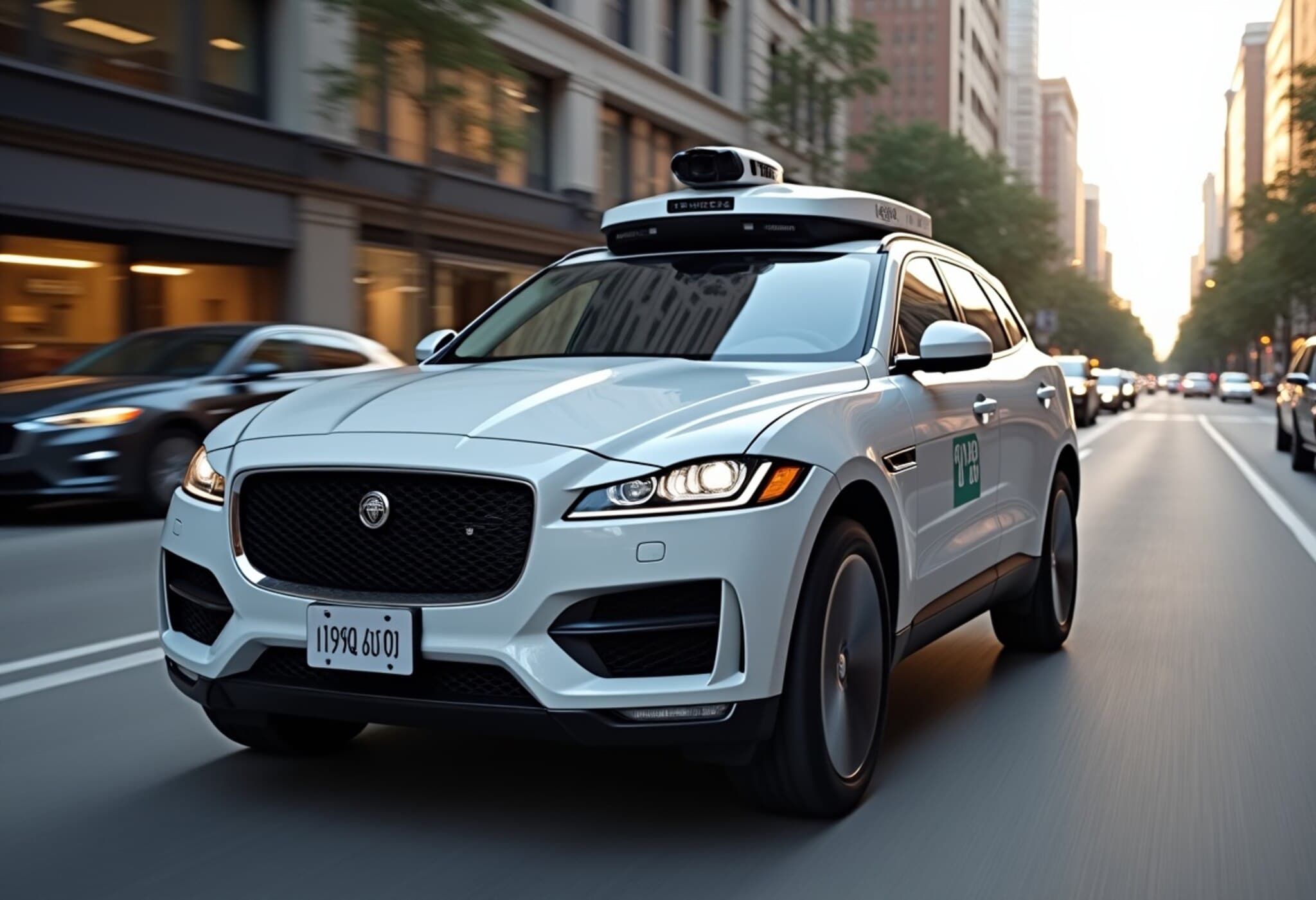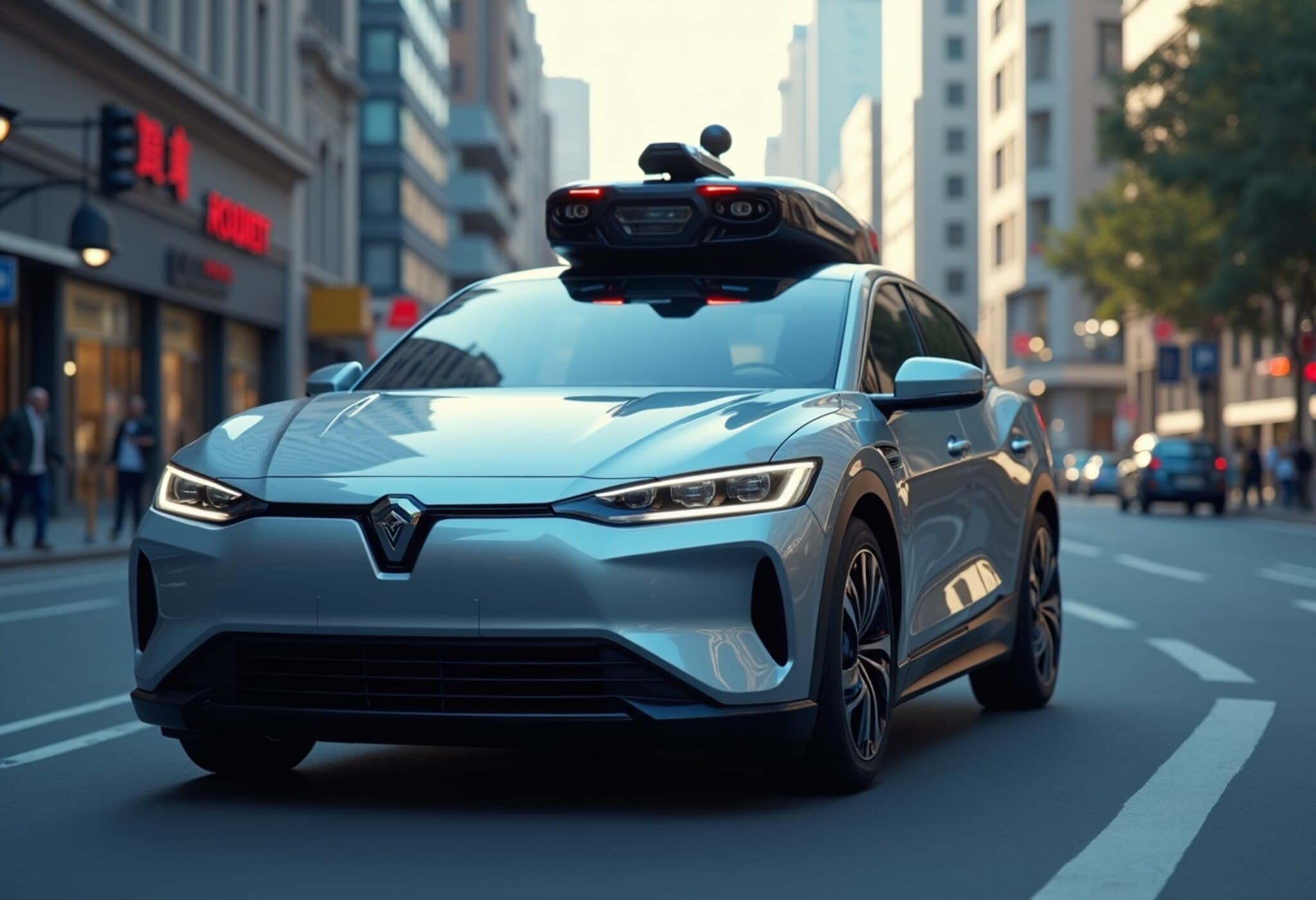Baidu and Lyft Join Forces to Bring Robotaxis to Europe
In a landmark move signaling the rapid global expansion of autonomous vehicles, Chinese tech giant Baidu is partnering with U.S. ride-hailing company Lyft to launch driverless robotaxis in Europe starting as soon as 2026. This strategic alliance aims to introduce thousands of Baidu’s cutting-edge self-driving taxis first in the U.K. and Germany, with aspirations to extend across the continent in subsequent years.
Why This Partnership Matters
Until recently, Lyft had a very limited footprint in Europe. That changed last week when it finalized the acquisition of FreeNow, a major ride-hailing platform operating across over 150 cities in nine European countries, including key markets such as Ireland, the U.K., Germany, and France. This acquisition perfectly positions Lyft to leverage FreeNow’s established network as a launchpad for Baidu’s autonomous vehicle technology.
While the deployment of Baidu’s robotaxis is contingent on obtaining necessary regulatory approvals, the companies are bullish about transforming urban mobility landscapes. The collaboration represents Baidu’s continued ambition to internationalize its Apollo Go robotaxi service, which is already operational in China and has recently expanded to the Middle East and parts of Asia.
The Competitive Landscape: Autonomous Vehicles in Ride-Hailing
Lyft’s new partnership with Baidu highlights a pivotal industry trend: ride-hailing giants seeking first-mover advantage in the driverless vehicle race. Competitors like Uber and Bolt are also investing heavily in autonomous tech, aiming to reduce operational costs and improve service safety and efficiency.
Within the U.K., for instance, regulatory bodies have announced plans to facilitate trials for fully autonomous rides by spring 2026, underscoring the growing readiness to integrate driverless vehicles into everyday transportation ecosystems. Baidu and Lyft’s robotaxis will likely be among the first to capitalize on this evolving regulatory environment.
Unpacking the Challenges and Opportunities
- Regulatory Hurdles: Autonomous vehicle deployment in Europe requires navigating a patchwork of national laws and safety standards, which could delay full-scale rollout.
- Market Reception: European consumers tend to be cautious with new tech, particularly autonomous driving. Building public trust will be crucial.
- Technological Leadership: Baidu’s robust investment in AI and autonomous driving algorithms gives it a competitive edge in accuracy and safety.
- Economic Implications: If successful, robotaxi fleets could reduce urban congestion and emissions, while reshaping labor markets dependent on human drivers.
Expert Insight: A Turning Point for Urban Mobility
Dr. Emily Harrington, a transportation policy expert at the Brookings Institution, notes, "This partnership is a watershed moment, bringing together a global tech powerhouse and an established ride-hailing service to propel autonomous mobility into everyday life across Europe. It reflects not only technological progress but also a recognition of shifting consumer and policy landscapes favoring sustainable, driverless solutions."
Looking Ahead: What This Means for Riders and Cities
The future of urban transportation in Europe is poised for transformation as robotaxis promise to redefine convenience, safety, and efficiency. For Lyft, this initiative offers a chance to differentiate itself in a highly competitive market, establishing its presence firmly on the continent with a futuristic offering that could appeal to tech-savvy and environmentally conscious customers alike.
Meanwhile, Baidu’s international ambitions signal the global diffusion of autonomous technology and challenge Western dominance in this sector, sparking questions about data security, cross-border regulations, and the global standards governing self-driving cars.
Editor’s Note
The Baidu-Lyft robotaxi collaboration is more than just an expansion; it’s a bellwether for how autonomous technology can reshape mobility ecosystems worldwide. However, questions linger: How will regulators harmonize safety standards across Europe? Will public trust in driverless vehicles keep pace with technological advancements? And, as robotaxis displace traditional jobs, how will societies balance innovation with economic resilience? These are crucial dialogues for policymakers, industry players, and citizens alike as we approach a driverless future.

